The information was given at the workshop on "Development trends of green hydrogen industry in the world, development orientation in Vietnam", organized by the GIZ Energy Support Program (ESP) in coordination with the Department of Oil, Gas and Coal ( Ministry of Industry and Trade ) recently in Hanoi.
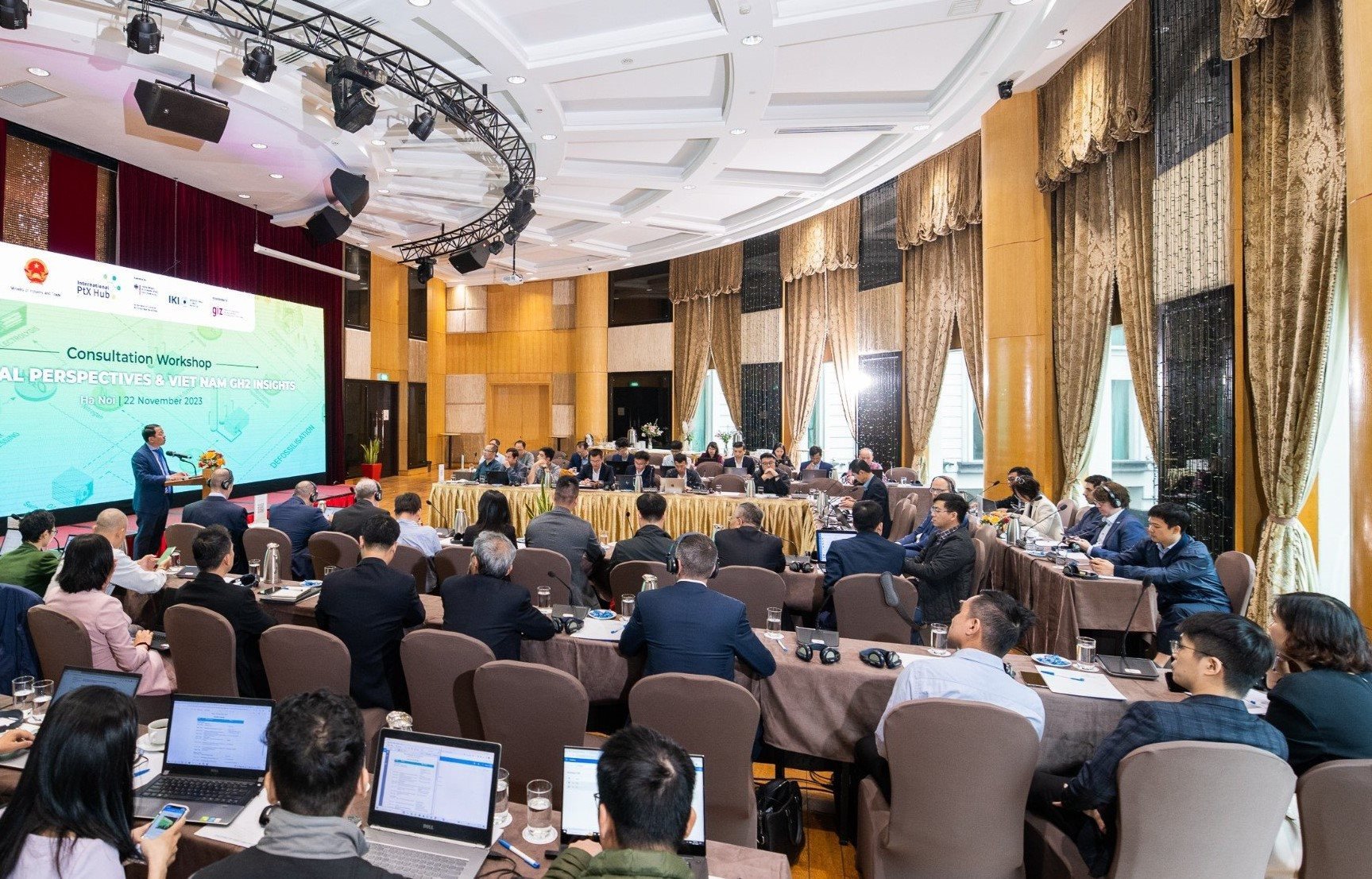
Sharing about Vietnam's National Hydrogen Strategy, Mr. Tran Thanh Tung - Deputy Director, Department of Oil, Gas and Coal, Ministry of Industry and Trade said that hydrogen is considered a priority energy source for development to replace fossil fuels and is expected to account for a significant proportion in Vietnam's energy structure in the future. Vietnam aims to strongly develop offshore wind power, combined with other types of renewable energy (solar power, onshore wind power) to produce new energy (hydrogen, green ammonia) to serve domestic needs and export.
Research by Vietnam Energy Technology Development Consulting Company Limited (Vnergy) shows that the production and consumption of hydrogen in Vietnam is currently about 500 thousand tons/year and mainly serves internal consumption needs. In particular, gray and black hydrogen are popular, with typical fuels being oil, natural gas and coal. Hydrogen sources are mainly from oil refineries and fertilizer plants to serve the production process of these plants. In addition, about 0.5% of hydrogen is used in steel, float glass, electronics and food factories.
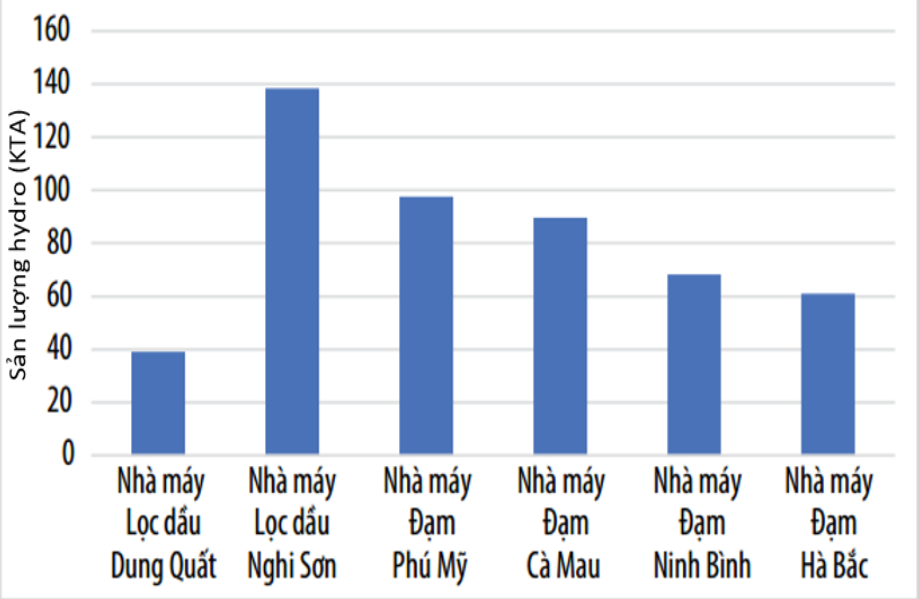
According to Mr. David Jacob - international consultant IET/GFA, the orientation of green hydrogen development should prioritize focusing on easy-to-achieve targets to minimize risks when having to compete with other carbon emission reduction solutions at lower costs. Investment should be made in industries that do not have alternative emission reduction technology for green hydrogen, or are already using hydrogen gas in production, such as fertilizer production and desulfurization in oil refineries.
Regarding the potential for hydrogen gas exports, experts say that with a land area for renewable energy development of about 85,000 km2, Vietnam can install 3,400 GW of solar power and 840 GW of onshore wind power. According to calculations, the potential for exporting green hydrogen from solar and wind power in Vietnam can reach 23 million tons per year. Markets with large hydrogen import demand in the world include South Korea, Japan, Germany, the UK, France, and Italy.
At the workshop, domestic experts also shared practical research results related to the potential application of ammonia in power generation activities in Vietnam, as well as technical requirements for the Power-to-X and green hydrogen industries in Vietnam.
The Power-to-X (PtX) industry (Green Hydrogen industry and hydrogen-based synthetic fuel/feedstock production technology) enables the use of renewable energy to produce materials and derivatives in different states of matter such as gaseous hydrogen, liquid ammonia or synthetic fuels. As a result, materials and derivatives can be transported, stored in modern supply chains and conveniently traded and traded on a global scale. PtX technology creates the specialized energy carriers needed to indirectly electrify hard-to-abate industries, accelerating the process of achieving carbon neutrality by 2050.
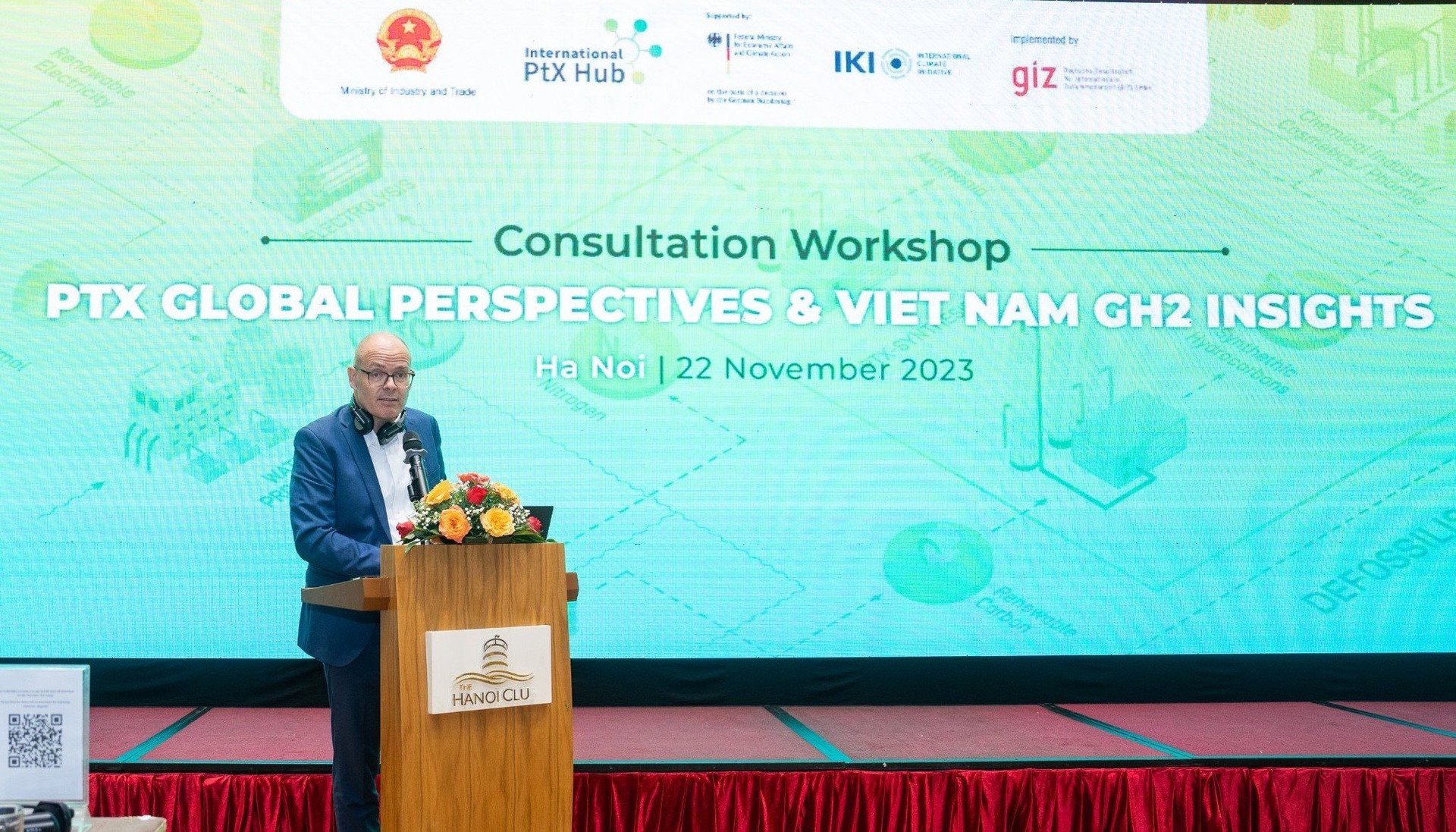
In Vietnam, hydrogen is mainly considered as a chemical used in the medical field and industrial gas. Apart from a few standards for vehicles using compressed hydrogen fuel, Vietnam has no regulations or standards on the production, storage, trading, use, preservation and transportation of hydrogen as a fuel in the energy sector.
Experts emphasized that the development of the PtX and green hydrogen industry needs to be based on a framework of sustainability criteria for the industry in four areas: environment - economy - society - governance, as well as meeting national sustainable development goals. Vietnam needs to complete standards and certifications for the PtX industry, as well as test and operate the carbon market. In addition, it is necessary to train high-quality domestic human resources according to demand, attract high-quality human resources from abroad; build infrastructure, learn international technology; as well as provide financial support for domestic PtX projects.
According to Mr. Markus Bissel – Director of PtX Outreach Project, to achieve the goal of carbon neutrality by 2050, in addition to expanding electricity production from renewable energy and improving energy efficiency, Vietnam needs to take more specific actions to reduce emissions in the transport, electricity and manufacturing sectors. One of which is the use of green hydrogen produced from renewable energy and its derivatives.
International experts also made recommendations on medium and long-term strategies for the Oil and Gas industry, including: detailed analysis of the cost price of PtX products at selected locations; establishment of concentrated areas for the development of renewable energy, green hydrogen and space transport corridors; detailed studies on marine fuel oil, the competitiveness of PtX for domestic demand and in relation to other countries...
Hydrogen is an efficient energy carrier and energy storage medium. The PtX industry and the technology for producing synthetic fuels/raw materials based on hydrogen play an important role in the energy transition, contributing to helping the world as well as Vietnam achieve the goal of zero carbon emissions (Net Zero) by 2050. While gray hydrogen is produced from fossil fuels and is a source of carbon emissions into the environment, green hydrogen is produced through the process of water electrolysis using renewable energy and is completely carbon-free. In addition, depending on the production technology and source of materials used, hydrogen will be specified in other colors such as yellow, blue, black and red.
Source



![[Photo] President of the Cuban National Assembly visits President Ho Chi Minh's Mausoleum](https://vphoto.vietnam.vn/thumb/1200x675/vietnam/resource/IMAGE/2025/10/1/39f1142310fc4dae9e3de4fcc9ac2ed0)
![[Photo] Keep your warehouse safe in all situations](https://vphoto.vietnam.vn/thumb/1200x675/vietnam/resource/IMAGE/2025/10/1/3eb4eceafe68497989865e7faa4e4d0e)

![[Photo] Hanoi morning of October 1: Prolonged flooding, people wade to work](https://vphoto.vietnam.vn/thumb/1200x675/vietnam/resource/IMAGE/2025/10/1/189be28938e3493fa26b2938efa2059e)

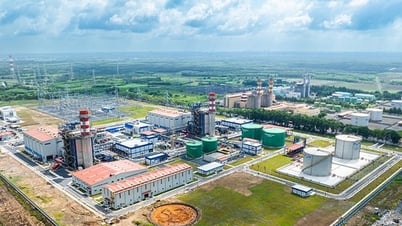



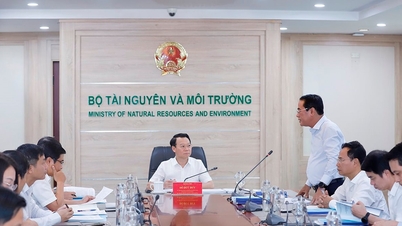























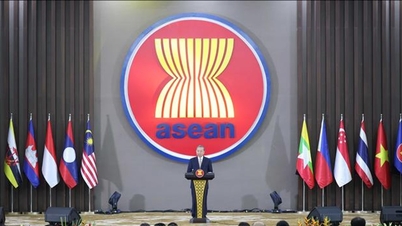






























































Comment (0)